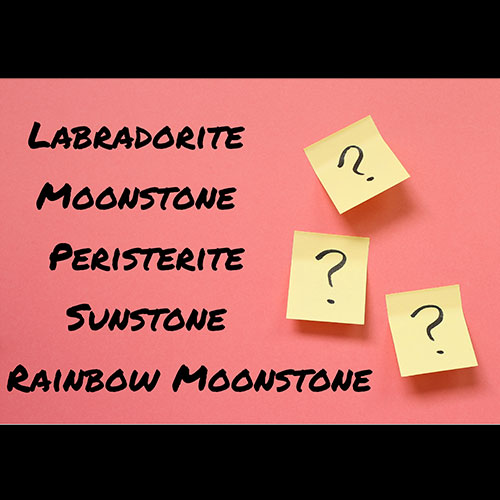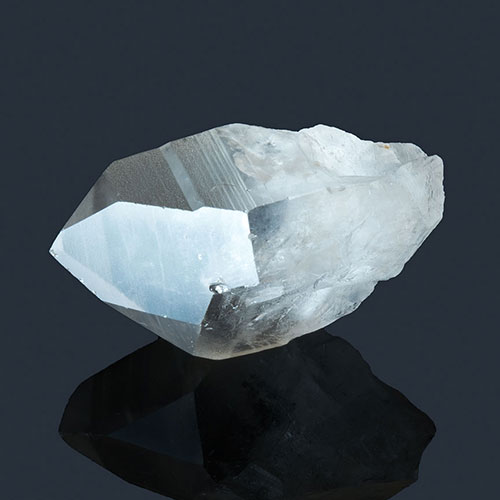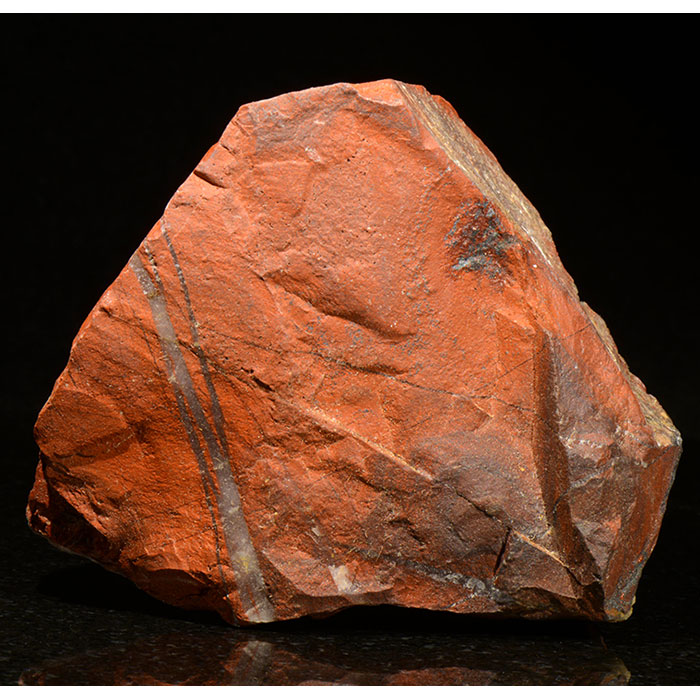Goldstone Crystals - A Quick Guide

Goldstone as a Healing Crystal
Goldstone is often considered a healing crystal, although it's a man-made glass with sparkling metallic inclusions.Most goldstone is manufactured in China. Blue is the most popular colour, but the orange-brown variety is more common.
The glass used to produce orange-brown goldstone is colourless. The stone's colour comes from tiny specks of crystallised copper added during the manufacturing process.
Blue goldstone, which is made with coloured glass, uses cobalt instead of copper. Green goldstone, although rare, uses chromium. The glass for green goldstone is also coloured.
The quality of the sparkle in goldstone is more impressive when the metallic crystals grow larger. If the molten glass cools too quickly, they remain relatively small.
A story about how goldstone was produced has been widely shared online. The claim that glass-making monks in Venice discovered it is a myth. Goldstone is believed to have been discovered by Italian physicist and astronomer Vincenzo Miotti, born near Venice in 1712.
Goldstone was originally called aventurine glass. The mineral aventurine is believed to have been named after goldstone because of the way it reflects light.
The 'twinkle' in goldstone is best seen in ambient light. It's caused by the reflection of light off the metallic inclusions.
When used as a healing crystal, goldstone is said to revitalise the mind and body. It's also believed to improve circulation (probably because of the copper) and support tissue regeneration.
Before it became widely known that goldstone was synthetic, it was often used to imitate natural sunstone and very occasionally, still is. Sunstone is aventurine feldspar.










